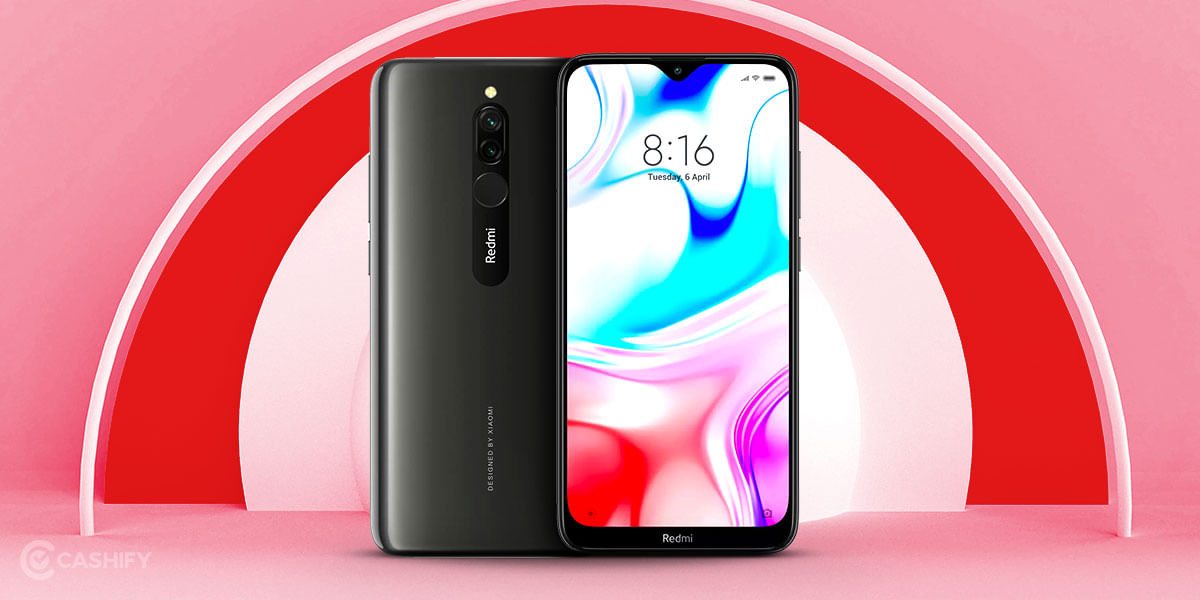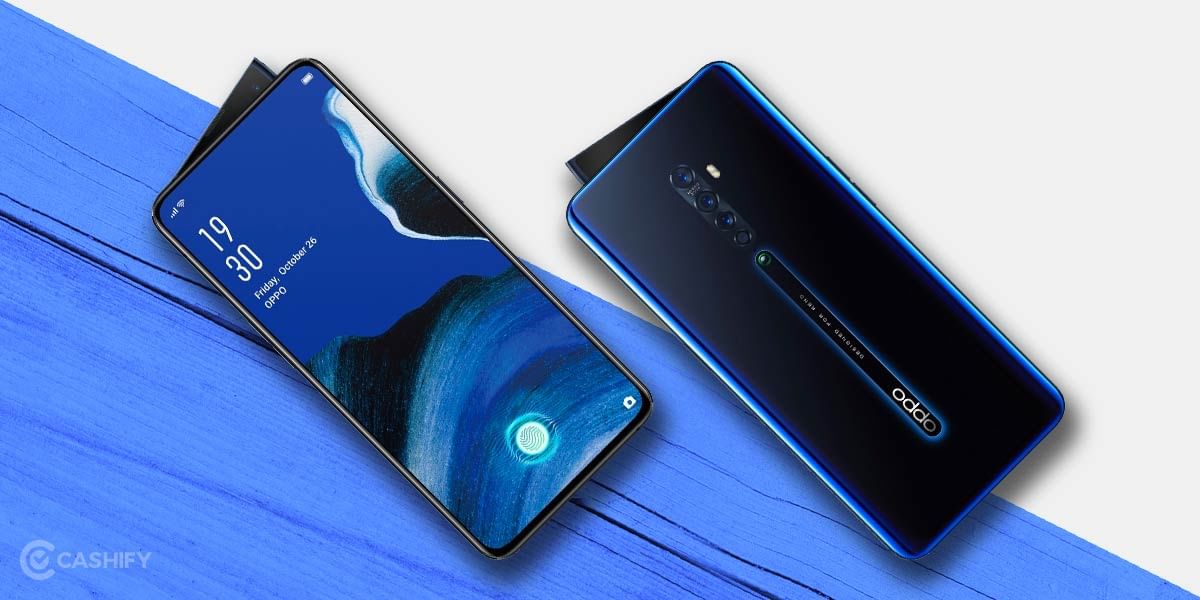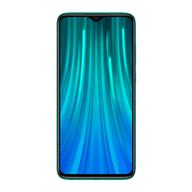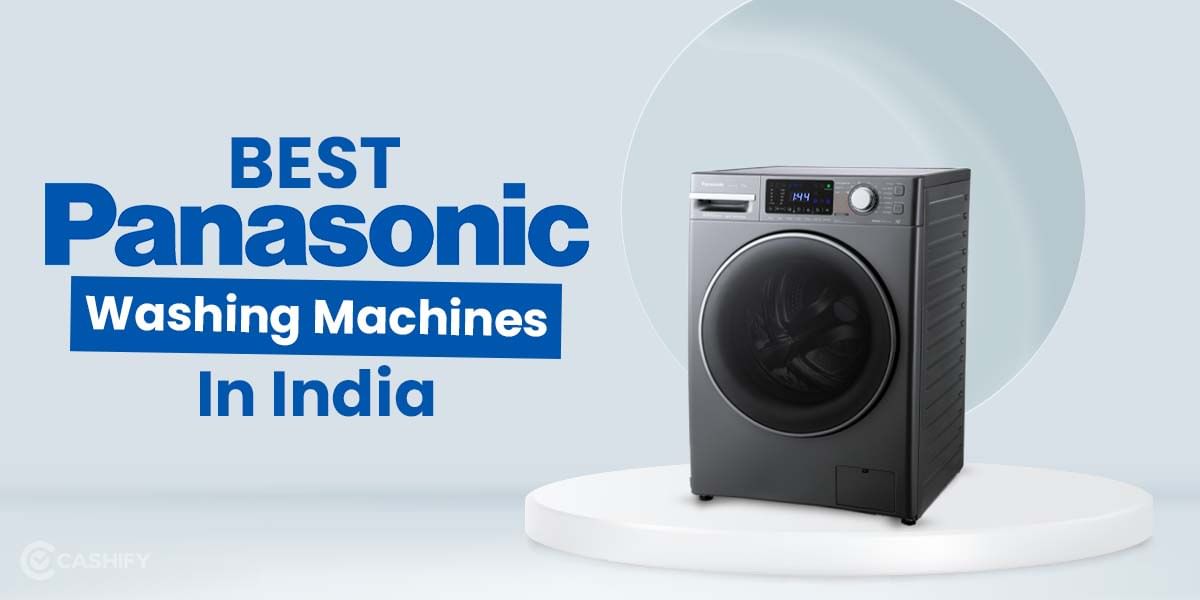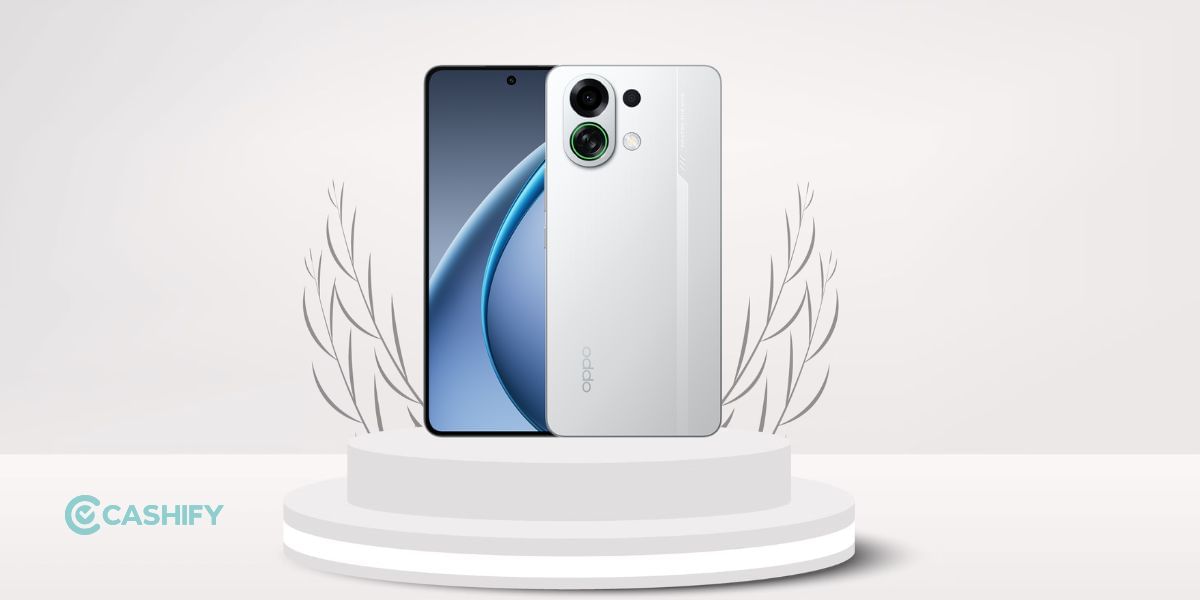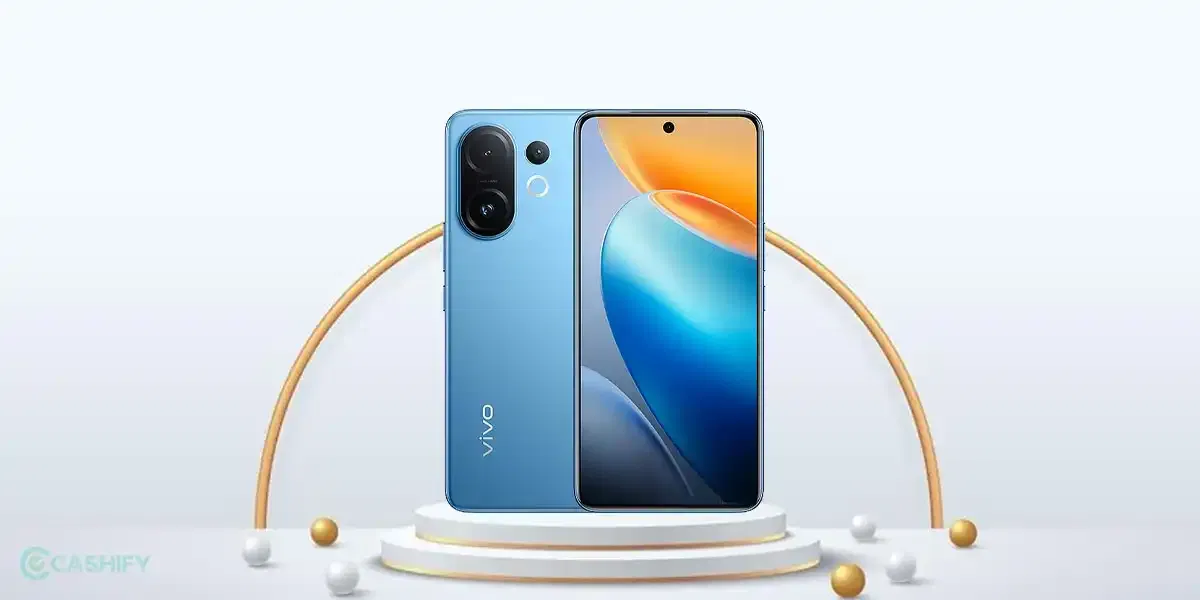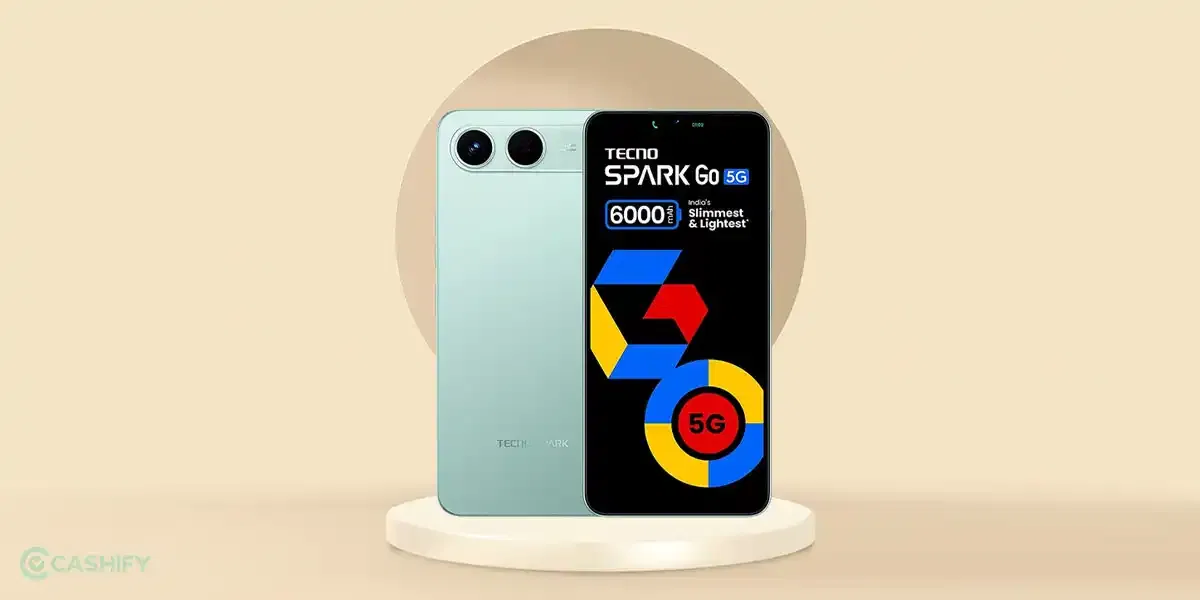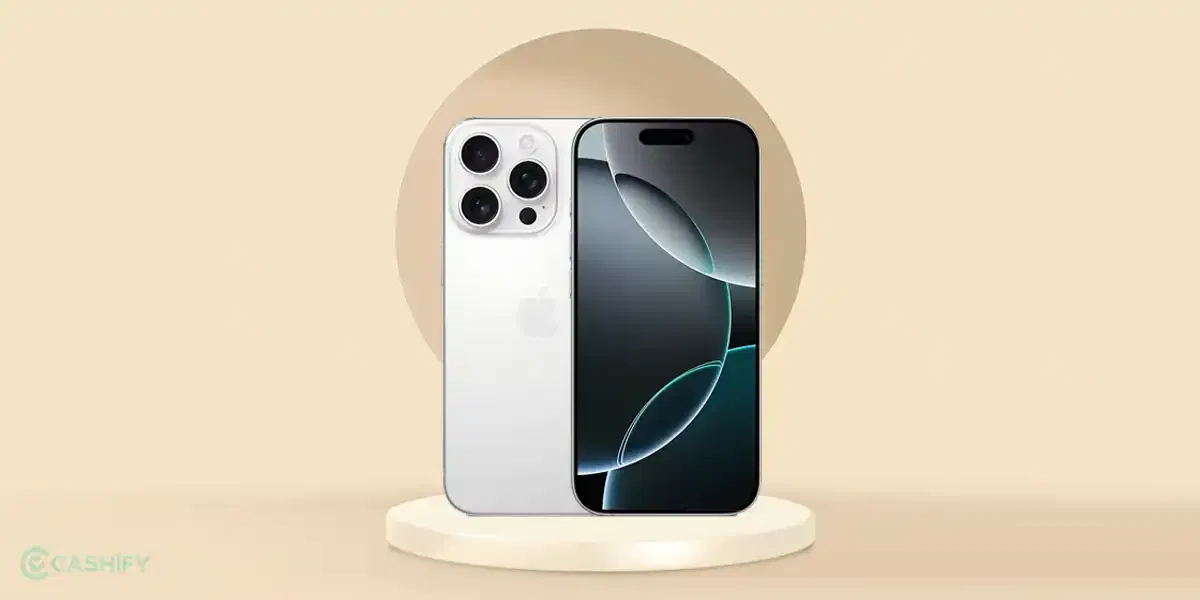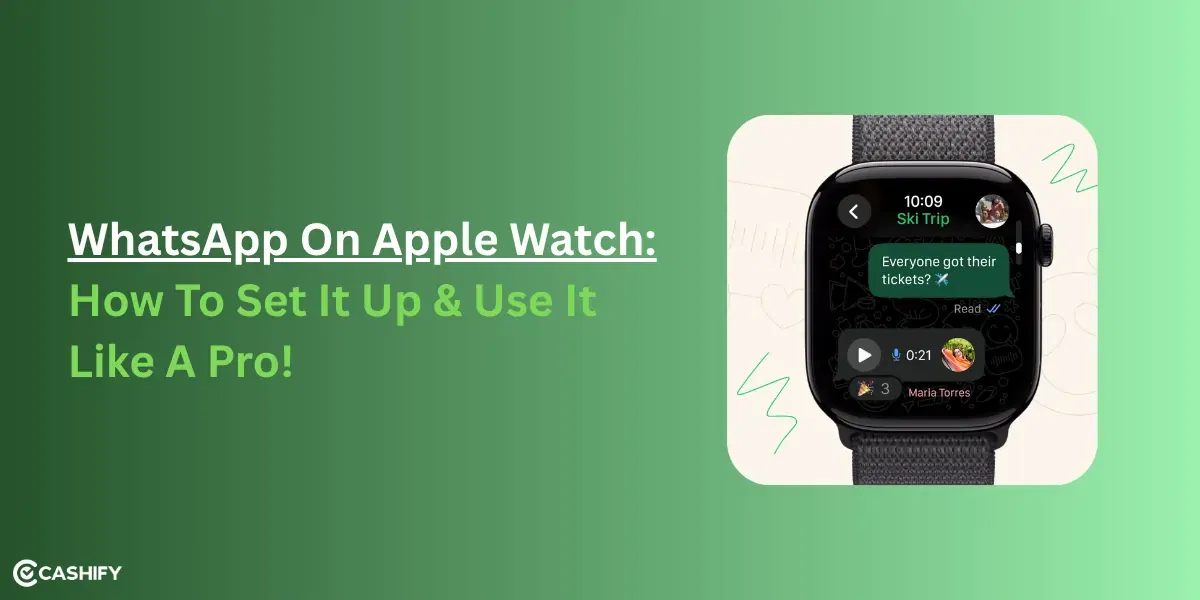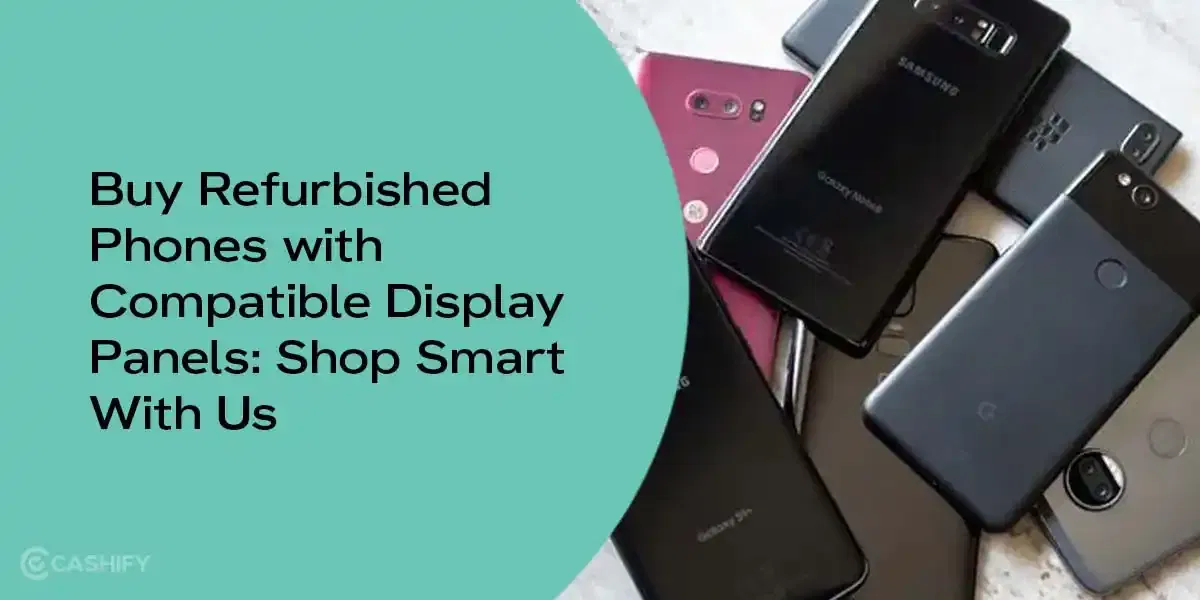Introduction
We’re at the tail end of 2019, and Xiaomi is back with its new lineup of a budget focussed smartphone dubbed Redmi Note 8. As expected, the smartphone maker launched two variants of the device, namely Redmi Note 8 and Redmi Note 8 Pro. Both smartphones follow the same ideology of delivering power-packed smartphones at an affordable price. Xiaomi Redmi Note 8 Pro comes with a powerful Helio G90T along with a 4,500mAh battery.
It is the first smartphone to come with the Helio G90T processor, which, if you’re not aware, is a gaming chipset. Furthermore, the Note 8 features a quad-camera module with the primary lens bumped up to 64MP. We’reWe’re looking at the significant upgrade here as compared to its predecessor. Well, let’s see how well the device managed to perform outside of the paper.
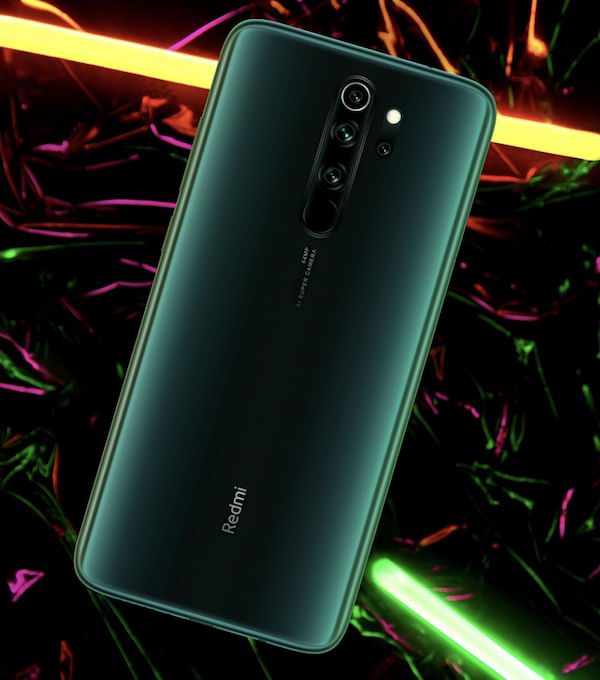
Luckily, we managed to get our hands on the Redmi Note 8 Pro. We extensively used the device for a week now, and here is what we think of it.
Price in India, Variants, Availability
Xiaomi Redmi Note 8 Pro comes in three different storage variants – 6GB+64GB, 6GB+128GB and 8GB+128GB options. Furthermore, the device is available in different color options, namely Shadow Black, Gamma Green, and Halo White. The base variant of the device is priced at INR 14,999, while the top-end model will set you back INR 17,999. The 128GB storage variant, on the other hand, is priced at INR 15,999. The smartphone is available for purchase via Xiaomi official website and Flipkart. The smartphone maker has partnered with Airtel to offer Airtel Thanks Benefits with up to 1120GB data and unlimited calling.
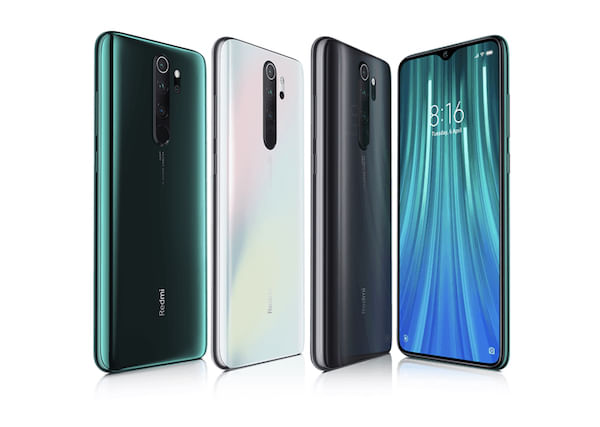
Box Contents
As expected, Xiaomi Redmi Note 8 Pro comes packed in a box with the device’s images and various other brandings. Opening the lid, you will come across a rectangular section that consists of paperwork, a SIM ejector tool, and a transparent back case. Right underneath this section, you will be able to see the device itself covered in a protective film. We will keep that aside for a while. Let’sLet’s see what else is present in the box. We’reWe’re looking at the USB Type-C cable and an 18W wall charger.
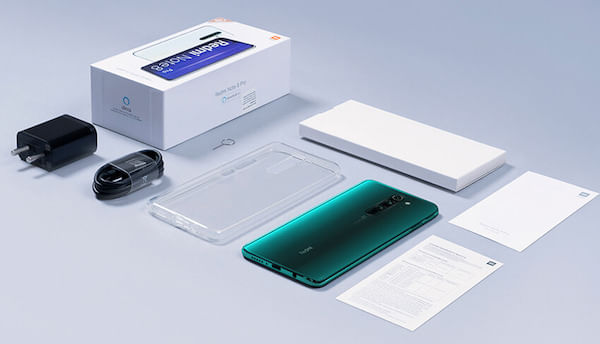
Here is a list of what you’ll be getting inside the box.
- Xiaomi Redmi Note 8 Pro
- 18W wall charger
- USB Type-C cable
- SIM ejector tool
- Transparent back case
- Manuals and Documentation
Specs at a glance
Before we jump right into the review, let’s have a quick look at the specifications of the device.
- Display: 6.53-inch IPS LCD display, 1080×2340 pixels, 395ppi
- Processor: Helio G90T, 12nm octa-core
- GPU: Mali-G76 MC4
- Software: Android 9.0 Pie, MIUI 10
- Rear cameras: 64MP+8MP+2MP+2MP
- Selfie camera: 20MP, f/2.0
- Battery: 4,500mAh capacity, 18W fast charging
- Weight: 200g
Dimensions: 161.4×76.4×8.8mm
Design and Build Quality
Like its predecessor, the Redmi Note 8 Pro manages to deliver an impressive build experience. For starters, the device makes use of the expected glass-metal sandwich design. The brand has also added a Corning Gorilla Glass 5 protection just in case. We would still recommend taking extra preventive measures. At the back, we’relooking at the quad-camera module aligned vertically, accompanied by an LED flash. Right below the camera, you will see the small written text describing the primary sensor.
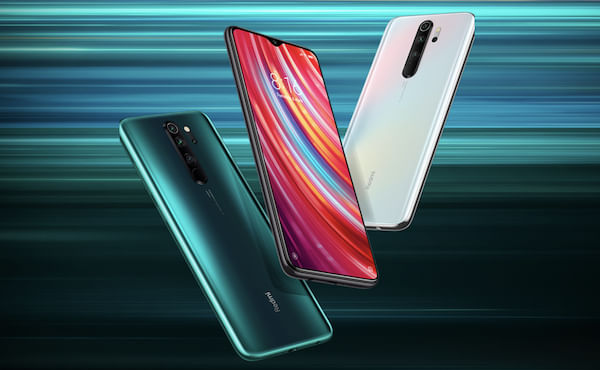
We appreciate the minimal branding at the back. Coming to the colors, we got our hands on the Halo White one, which, by the way, looks very clean and minimal. If you’re looking for more gradient patterns at the back, you can go with the remaining color options. There is a noticeable protrusion in the rear camera module, meaning the device will wobble if placed on the table. The fingerprint sensor in the module means that you might end up tapping the lens instead of most of the time. Flipping the device to the other side, you will see that the brand decides to play it safe.
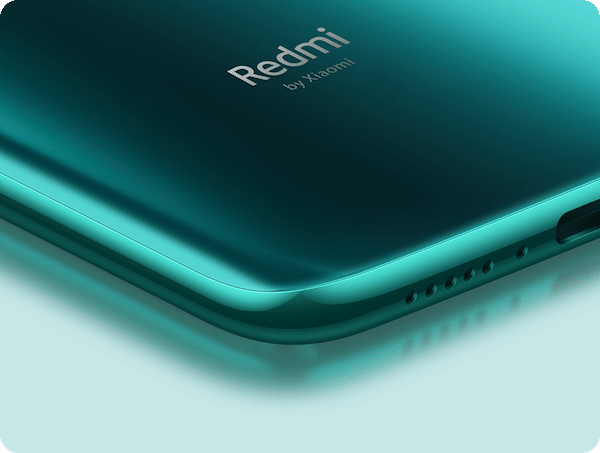
We’re looking at a massive display with waterdrop notch and somewhat thin bezels on the side. Although the experience is not as immersive, you will still not get disappointed even a single bit. The metal frame on edge delivers a solid in-hand feel lifting the entire build quality of the phone. On the right side, you will find the power button and the volume rockers while the SIM card tray and dedicated MicroSD slot is present on the left. At the bottom, you will find the USB Type-C port for charging, speaker grille, and 3.5-mm headphone jack. Lastly, you will find the IR emitter situated on the top.
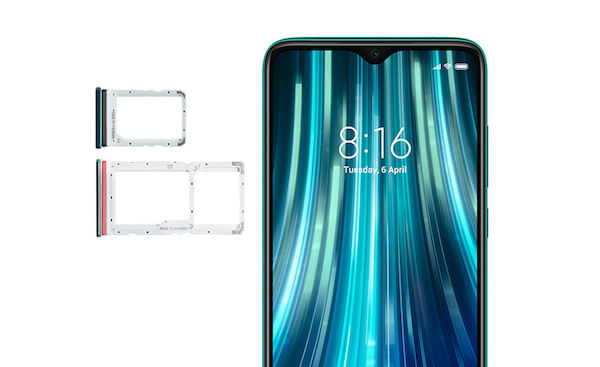
I appreciate the addition of an IR sensor on the device. The back of the device features dual-curved edges on the sides, which generally enhances the overall build experience. Sadly, the device weighs around 200g and has a thickness of 8.8mm. Although the depth is manageable, the weight is disappointing. Xiaomi was kind enough to add a P2i coating making Note 8 splash-proof to some extent.
Overall, there are no significant changes in design, but that does not mean that the device feels average or is not up to the mark. In our daily usage, we enjoyed the smartphone’s overall design and build quality. There are plenty of small details that enhance the overall look and feel of the smartphone.
Display
On the front, the device features a large 6.53-inch IPS LCD panel with a waterdrop notch that houses the front selfie sensor. Thanks to the slim bezels and chin, the device manages to hit the 84.9% screen-to-body-ratio delivering a decently immersive experience. With a resolution of 1080×2340 pixels and a pixel density of 395ppi, the images appear to be quite sharp, clear, and accurate.
In our testing period, we extensively consumed plenty of media on the device, and the display never disappointed us. Although some of the competitors are offering AMOLED panels, Xiaomi manages to deliver the best possible experience while using the LCD panel. With a maximum brightness of 500 nits, you will not face any difficulty using this device under the direct sunlight.
The display of the device also features HDR, meaning the suitable content can be consumed with a better experience. Lastly, the screen is bright, vivid, and churns out accurate colors. Of course, the display lags when compared with an AMOLED panel, but that is not going to bother you much in regular usage. Xiaomi has also added numerous display-related features right into the software application. The feature allows you to change the color scheme as per your preferences manually.
Performance
This time the Chinese company went with the MediaTek processor instead of the Snapdragon. Under the hood, the device is powered by the MediaTek Helio G90T chipset paired with up to 8GB RAM and up to 128GB onboard memory. For graphics, the device makes use of Mali-G76 MC4 GPU. For those who’re unaware, the chipset is manufactured with a 12nm fabrication process. The chipset consists of eight cores, namely 2x Cortex-A76 clocked at 2.05GHz and 6x Cortex-A55 cores clocked at 2.0GHz.
It’sIt’s no wonder that the Helio G90T chipset is a powerful and capable chipset making Note 8 the fastest smartphone in its segment. In our daily usage, the device never once lagged or slowed down. Switching between apps was also a smooth experience without any lag in UI animations. Furthermore, the device was able to handle heavy multitasking. Even if you’re a power user, the device will be able to cater to all your needs.
Coming to the gaming performance, we tried playing various titles such as Pubg Mobile and Fortnite on the device. During our gameplays, there was no frame rate drops or occasional lags. The rendering was also very flawless. The Redmi Note 8 also comes with a liquid controlling mechanism that keeps the temperature in check. It is the first smartphone to come with liquid cooling at this price range.
With up to 8GB RAM and 128GB storage, the device never really lags, and the app stays in the memory for a more extended period. If the onboard memory is not enough, you can always expand it to up to 128GB using the dedicated MicroSD slot. For most of the users out there, 8GB RAM would be overkill, while the 6GB+128GB option sits at a sweet middle spot.
Software
Even though Xiaomi is always able to deliver a device with powerful specs and an affordable price, one thing which still lags is in the software department. Xiaomi Redmi Note 8 Pro runs on the Android Pie with MIUI 10 on top out-of-the-box. Although MIUI could be decent software, the presence of annoying ads makes the entire experience worse. The amount of bloatware installed on the phone is also another reason why the whole experience is getting worse.
Also, Xiaomi has pre-installed its applications, which are quite useless, to be honest. Another annoying thing is the forced notifications popping up now and then. Apart from these aspects, there are few good things with the software as well. For instance, the dedicated dark mode is appreciable. There are few other features such as copy OTP, QR scanner in-camera, and much more.
Another key feature of the device is the addition of both voice assistants i.e., Google Assistant and Amazon Alexa, on the smartphone. You can trigger both the assistants depending on their hot words. The integration of Alexa’sAlexa’s assistant makes the IR blaster much more useful in this smartphone.
Cameras
Apart from chipset, the next significant change in the Redmi Note 8 smartphone is the addition of another sensor. It means that the device now comes with the quad-camera module at the back. The setup consists of a 64MP primary wide sensor (f/1.9), 8MP ultrawide sensor (f/2.2), 2MP macro lens (f/2.4), and 2MP depth sensor (f/2.4). For selfies, there is a single 20MP front snapper housed inside the waterdrop notch. The primary sensor features phase-detection autofocus for quick focus and electronic image stabilization for less shaky videos. If you have already used the phone, you will not find anything different in the camera app interface.
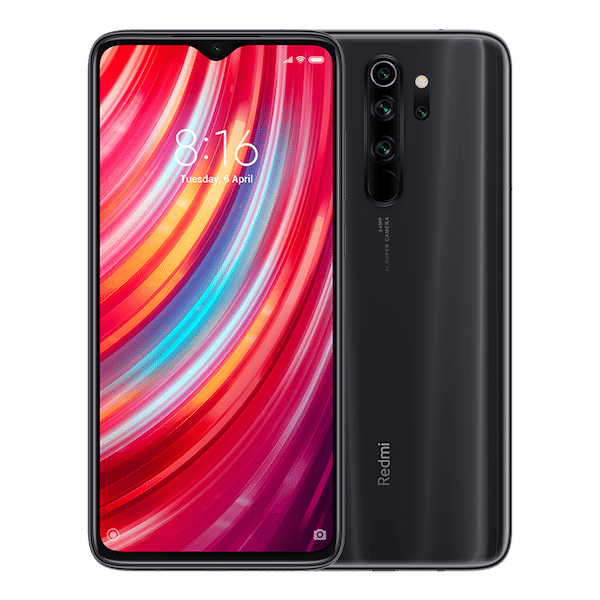
The primary 64MP sensor clicks photos in 16MP resolution thanks to the Pixel binning technique. You can manually change the resolution to 64MP if you want. In daylight conditions, the smartphone clicks impressive pictures with the right level of detail, balanced contrast, and natural color tones. The ultrawide angle lens gives brilliant output with a little shift in the level of details. In all the remaining modes such as portraits and close-ups, the result is not disappointing at all.
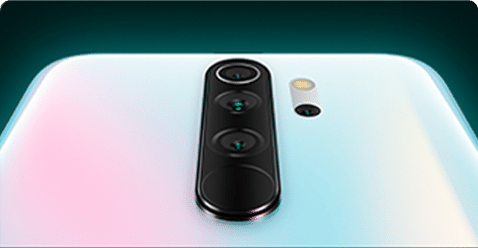
The low-light scenario tells a different story altogether with the photos consisting of noise and less level of detail. We tried taking the same shot using the night mode, but the difference was not that major. Although the low-light conditions deliver decent shots, we will still not call it outstanding or impressive. The macro sensor is the new addition to the device, which seems to work decently well. You will get a perfect shot from the sensor in one or two tries. The depth sensor also manages to hit our expectations with an ideal background blur.
As mentioned earlier, we have a 20MP selfie shooter located on the front of the device. Like the rear cameras, the front sensor of the device also works exceptionally well in daylight conditions. The level of detail was pretty decent, with the right level of detail and adequate exposure. In low light conditions, the level of detail reduces, and so does the quality.
For video, the device has electronic stabilization but lacks optical stabilizations. It results in shaky videos. You can churn out decent output if you can keep your hands steady or can use a selfie stick.
For video, the device has electronic stabilization but lacks optical stabilizations. This results in shaky videos. You can churn out decent output if you can keep your hands steady or can use a selfie stick.
Battery
Xiaomi Redmi Note 8 Pro, backed by a massive 4,500mAh battery packed inside, has a capacity 12.5% higher than its predecessor. The device quickly gets you throughout the day, even under heavy usage. During our testing, our usage looks something like this – Bluetooth & WiFi always on, lots of incoming calls, few hours of gaming, intense music playback, constant text messaging, and camera.
Inside the box, there is an 18W fast charger that you can use to fuel your device. The device can go from zero to 100 percent in just an hour and a half. It is the first time the smartphone maker is providing an 18W fast charger. Previously, the users will have to buy a dedicated 18W wall adapter.
Audio, Biometrics, Connectivity
For audio, there is a single speaker located at the bottom of the device. The speaker delivers loud and rich output without any distortion, even at maximum volumes. There is a 3.5-mm headphone jack present, which can be used for wired headphones or earphones. The output from the aux port is quite impressive and is somewhat better than the speaker. During our calls, we never faced any issue with the connectivity. The earpiece and microphone work just fine.
For biometrics, there is a fingerprint sensor located on the back and is placed in the camera module. The sensor is pretty quick, reliable, and accurate. Well, the capacitive fingerprint readers have always been better than the optical one, and Redmi Note 8 Pro solidifies that statement. You can also make use of the Face Unlock feature integrated into the software. Since it uses the 2D representation of your face, it is not that secure and reliable.
There are plenty of features related to connectivity in this device. These features include dual-band WiFi, Bluetooth 5.0 with A2DP & LE, GPS, NFC, Infrared port, and USB Type-C port for charging. It’sIt’s nice to see NFC at this price point and you can use it for mobile payments and one-tap pairing requests.
Pros & Cons
Pros:
- Premium build experience
- Powerful chipset
- Quad cameras
- Long-lasting battery
- NFC, 18W fast charging
Cons:
- Annoying ads in UI
- Low-light camera performance could have been better
- Too many bloatware
Well, it’s time for the foremost question of this review. Should you go ahead and purchase the Redmi Note 8 Pro? Well, Xiaomi and Realme have been competing with each other for a while now. Xiaomi Redmi Note 8 Pro directly competes with the latest Realme XT. Redmi Note 8 Pro comes with a significant upgrade, such as the powerful chipset, quad-camera module, and long-lasting battery.
In terms of build and design, the device will not disappoint you, and same goes with the display aspect. Thanks to the powerful chipset, the smartphone performs very well, even in severe conditions. Although daylight photography is impressive, low-light photography is not that outstanding. If you’re looking for much better low-light cameras, Realme XT is the one you’re looking for. The battery aspect has always been a strong suit for the Redmi lineup, and this device doesn’t disappoint.
Lastly, if you can ignore those annoying ads and force notification popups, then you can consider getting yourself a Redmi Note 8 Pro.

